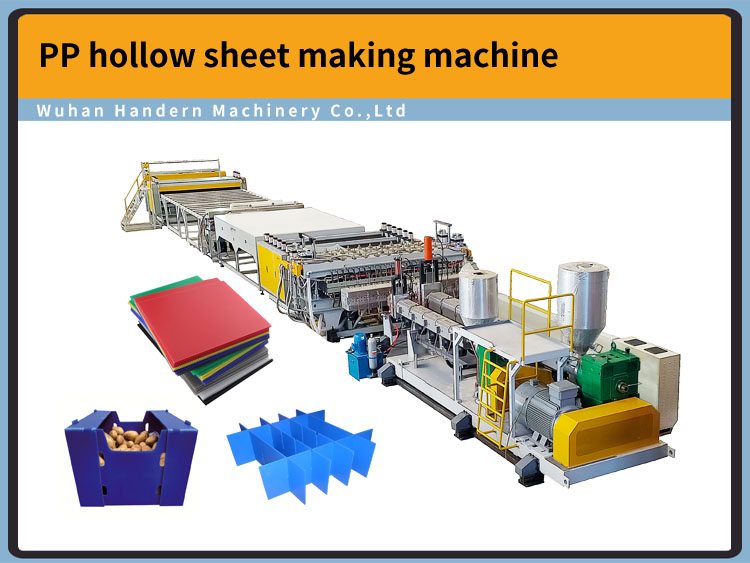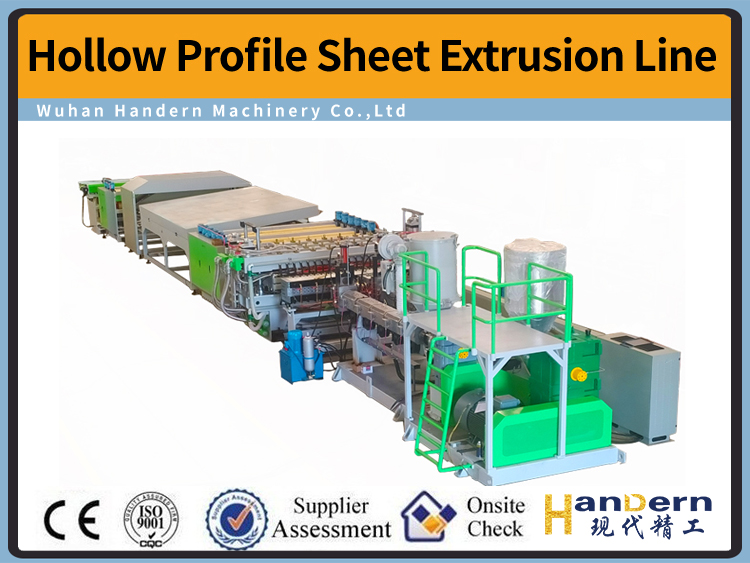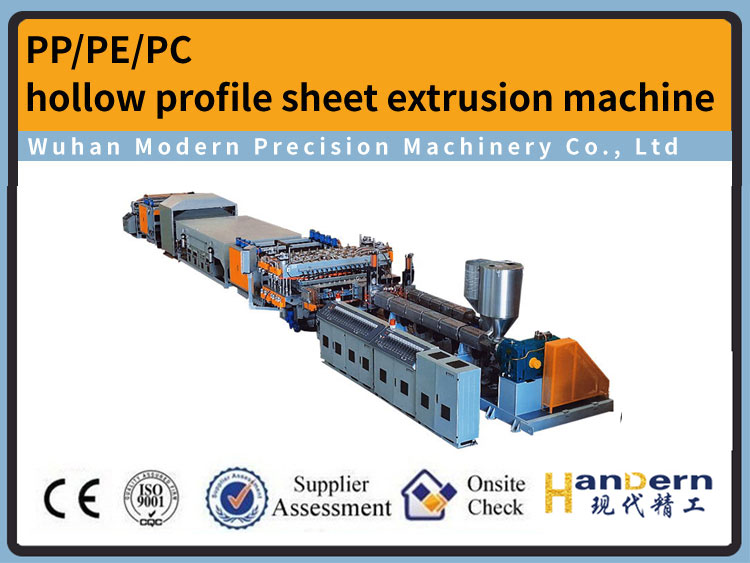PVC calendering ground glue production line modified by graft copolymerization of vinyl chloride
DATE:2021/7/31 8:40:03 / READ: / SOURCE:This station
PVC calendering ground glue production line modified by graft copolymerization of vinyl chloride
The graft copolymerization of vinyl nitride mainly refers to the graft copolymerization of vinyl chloride monomer with other polymers as the main chain. It has two main functions: one is to improve the impact resistance of hard PVC, and the other is to improve the plasticizing stability of soft PVC. The former includes graft copolymerization of ethylene vinyl acetate copolymer evacpe, polyacrylate (ACR), EPR and vinyl chloride. These include graft copolymerization of thermoplastic polyurethane (TPU) and vinyl chloride. VC graft copolymerization can be carried out by suspension polymerization, emulsion polymerization and solution polymerization. According to the characteristics of dissolution and swelling of VC and matrix polymer, the suspension graft copolymerization can be divided into suspension dissolution grafting, suspension swelling grafting and emulsion polymerization. Among them, suspension swelling and emulsion polymerization are the main methods of graft copolymerization of VC. PVC calendered floor glue production line www.handern.comEthylene vinyl acetate copolymer and vinyl chloride graft copolymer (eva-g-vc) is the largest graft copolymerization modified PVC variety, and it is also the copolymerization modified PVC with the output second only to chloroacetic acid copolymer. Its output accounts for about 2 / 3 of the output of all PVC graft resins. According to the content of EVA, evagvc copolymers can be divided into two categories: hard impact type when the content of EVA is% ~ 10%, and soft plasticizing type when the content of EVA is 30% ~ 60%. EVA-g-VC copolymers can be produced by suspension polymerization and emulsion polymerization, especially suspension polymerization. The properties of evagvc copolymer mainly depend on EVA content, PVC / EVA composition ratio, grafting rate, PVC relative molecular weight and phase structure. When used as hard plastics, such copolymers can improve impact resistance, low-temperature brittleness, weather resistance and processability. When the content of EVA in the grafted polymer increases, the tensile strength decreases and the impact strength increases, while the elongation increases in a certain range of EVA content (such as within 6%). In order to maintain the rigidity of UPVC and improve the impact resistance, the content of EVA should be appropriate, generally 5% ~ 10%. When the degree of polymerization of grafted polymer increases, the tensile strength increases slightly and the impact strength increases, but if it is too large, it will cause problems such as poor thermal stability and difficult plasticization. In addition, the melt flow rate of copolymers with different vinyl acetate content is different. The copolymer has the maximum impact strength when the content of vinyl acetate is about 45%, and the transparency is good when the content of vinyl acetate is large. When EVA with certain vinyl acetate content and different melt flow rate is used, the impact strength decreases with the increase of melt flow rate. Eva-g-vc copolymer is widely used, which can be used alone or as impact modifier of PVC. Hard impact resistant products with low EVA content (6% ~ 10%) are mainly used for extrusion molding building materials, upper and lower water pipes, sewage pipes, cable sheaths, window frames, panels, laths, furniture, injection molded pipe fittings, outdoor signs, distribution boards, electrical enclosures, etc., calendering high transparent packaging sheets, or reprocessing into packaging containers. Blending eva-g-vc copolymer resin with PVC, PVC products with high impact resistance can be prepared by molding at 5 ~ 10 ℃ lower processing temperature than ordinary PVC. PVC calendered floor glue production line www.handern.com
CPE is one of the common impact modifiers for PVC. The impact strength of PC is usually improved by blending (the addition amount of CPE is often 8 ~ 12 mass fraction). Cpegvc copolymer is formed by CPE and graft copolymerization, which improves the compatibility between PVC and CPE, and can prepare impact resistant rigid PVC material with better properties than PVC / CPE Blend. The thermal stability of CPE-g-VC grease is better than that of PVC, and increases with the increase of CPE content. The impact strength of CPE-g-VC copolymer increased with the increase of CPE content, but the tensile strength, bending strength and Vicat softening temperature decreased. The rigidity and heat resistance of the graft copolymer were between PVC and CPE. CPE GVC copolymer can adopt processing formula and processing technology similar to PVC and PVC / CPE BLENDS. CPE-g-VC copolymer and PVC resin are chlorine containing polymers, which will decompose under heat and light. Therefore, sufficient heat stabilizers and light stabilizers must be added to improve processing thermal stability and weather resistance. Various PVC processing stabilizers can be used. CPE-g-VC copolymer resin is widely used, which can be directly used or used as toughening modifier. It is especially suitable for occasions where the impact strength of CPE modified PVC can not meet the requirements. CPE-g-VC with low CPE content is usually used to prepare hard products, such as hard plate, hard sheet, hard pipe, industrial pipeline, underground pipeline, bellows, doors and windows for outdoor use, stair handrail, etc. CPE-g-VC with high CPE content has the characteristics of stable plasticization, low temperature resistance, solvent extraction resistance and excellent electrical insulation. It can produce elastic sealing strip, waterproof coiled material, plastic floor, oil resistant cable, etc. PVC calendered floor glue production line www.handern.com
Author:admin




